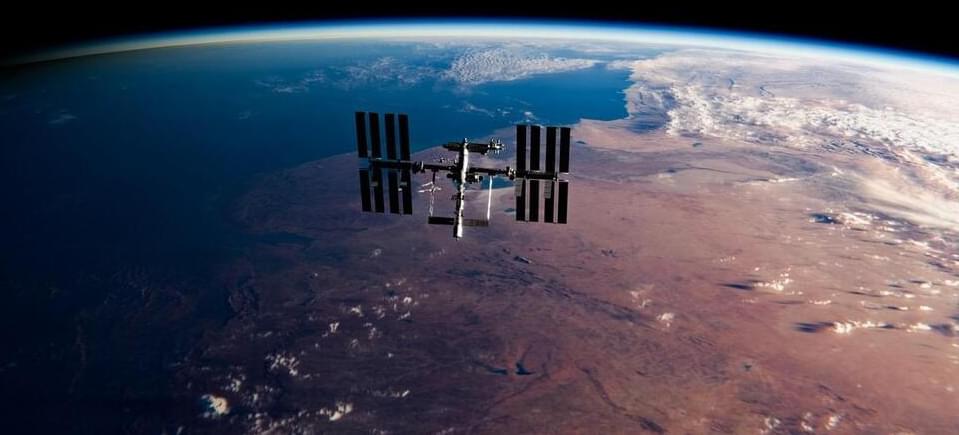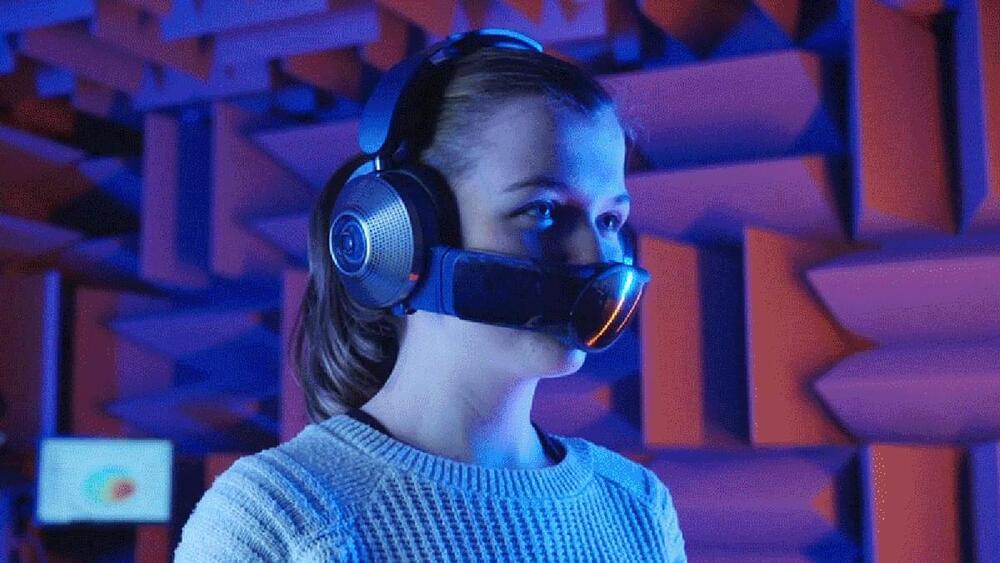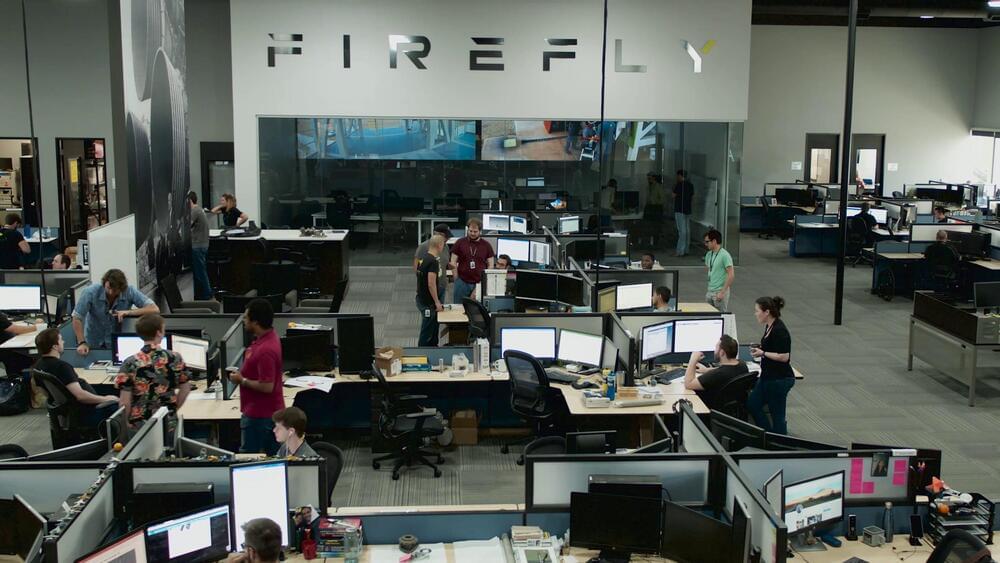Now, an intelligent robotic fruit packing machine is able to automate the most labor-intensive job in the packhouse. For post-harvest operators, this robot could prove to be a game-changer in the industry.
The Aporo II robotic produce packaging machine by Globe Pac Technologies builds on the proven technology of the original Aporo I Produce Packer. First developed in 2018, the latest model can now accommodate twice the throughput, packing 240 fruit per minute, saving between two and four labor units per double packing belt.
According to Cameron McInness, Director of Jenkins Group, a New Zealand-based company which co-founded Global Pac Technologies with US-based Van Doren Sales Inc, Aporo II can be retrofitted across two packing belts instead of one, effectively doubling the throughput and the labor-saving that Aporo I could deliver.





